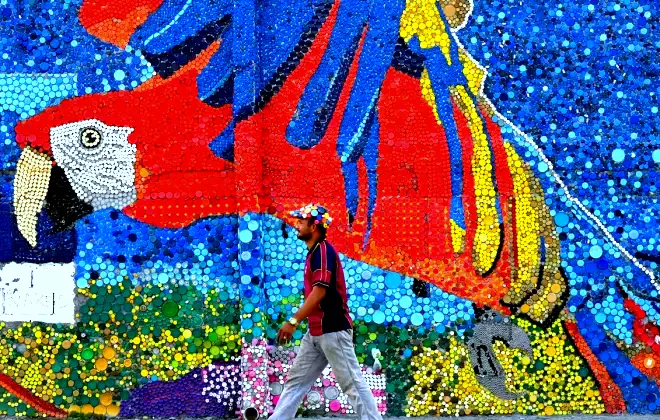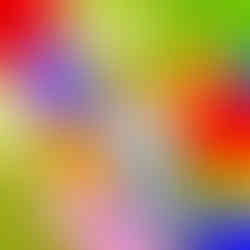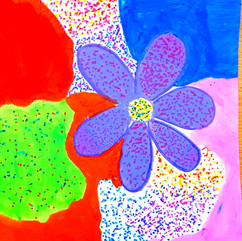Connecting the Dots
- Serene
- Oct 22, 2023
- 1 min read
Connecting the Dots

This week, our exploration into the history of dots in art unveiled a fascinating journey through time and cultures, highlighting the significance of this simple design element. Our artistic adventure began with the discovery of dots in the earliest cave paintings, tracing back over 30,000 years. These intricate dotted patterns were mirrored in the Australian Indigenous Art, showcasing the longstanding relationship between humans and dots. As we continued our survey, we arrived at the groundbreaking work of French artist, George Seurat and his iconic "La Grande Jatte" painting from the 1884, which marked the dawn of Pointillism, a technique that spurred a wave of dotted masterpieces. The story of dots then took a dramatic turn into the world of pop culture with Roy Lichtenstein's benday dot Pop Art, comic book-inspired paintings. The 20th century saw another evolution, as Yayoi Kusama has continued to captivate with her popular dot paintings and immersive room installations. Today's contemporary artists continue to push boundaries with their use of circles and dots. Brazilian painter Beatrix Milhazes with her large-scale abstract creations, and Argentine artist
Oscar Olivares works wonders by upcycling bottle caps in his large-scale graphic murals. Olivares’ repurposed materials not only convey a strong environmental message but also contribute to urban beautification projects around the world.
Inspired by our group of artists,
the students created colorful Dot Paintings
selecting their own subjects and using markers and paint sticks.


























































Comments